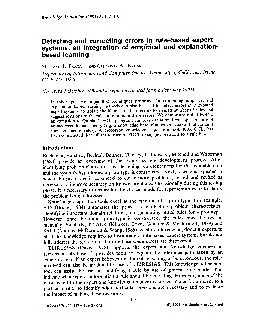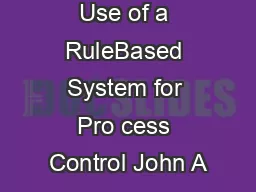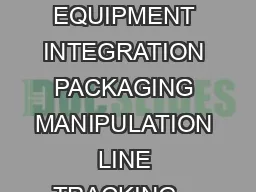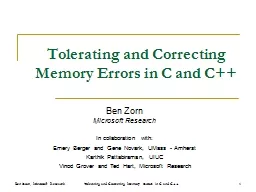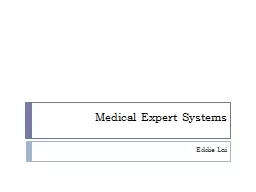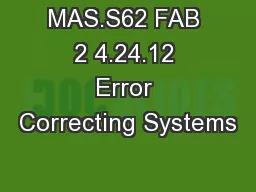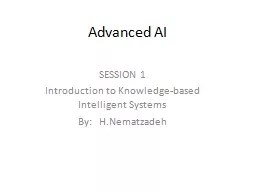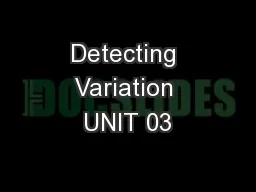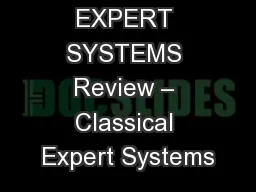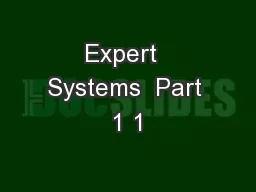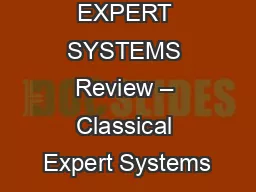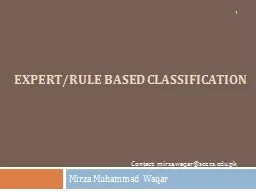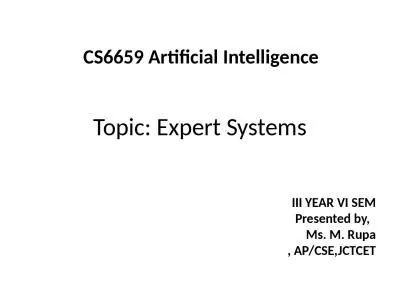PDF-Knowledge Acquisifion Detecting and correcting errors in rulebased expert systems an
Author : conchita-marotz | Published Date : 2015-01-15
PAZZANI AND CLIFFORD A BRUNK Department of Information and Computer Science University of California Itvine CA 92717 USA Received 3 October 1990 and accepted in
Presentation Embed Code
Download Presentation
Download Presentation The PPT/PDF document "Knowledge Acquisifion Detecting and c..." is the property of its rightful owner. Permission is granted to download and print the materials on this website for personal, non-commercial use only, and to display it on your personal computer provided you do not modify the materials and that you retain all copyright notices contained in the materials. By downloading content from our website, you accept the terms of this agreement.
Knowledge Acquisifion Detecting and correcting errors in rulebased expert systems an: Transcript
Download Rules Of Document
"Knowledge Acquisifion Detecting and correcting errors in rulebased expert systems an"The content belongs to its owner. You may download and print it for personal use, without modification, and keep all copyright notices. By downloading, you agree to these terms.
Related Documents

